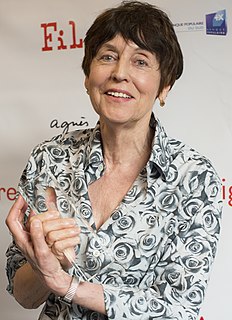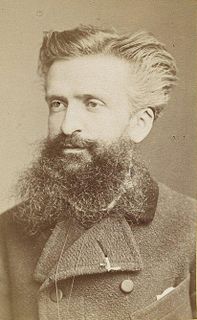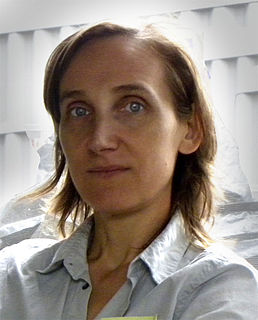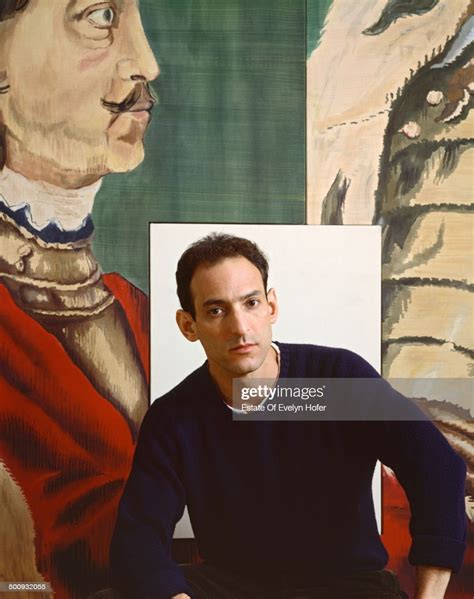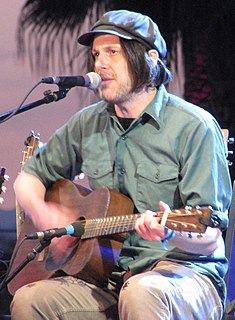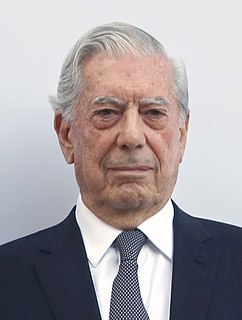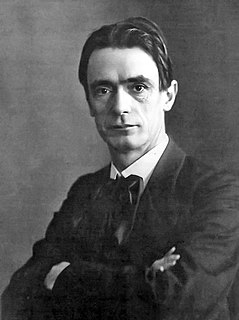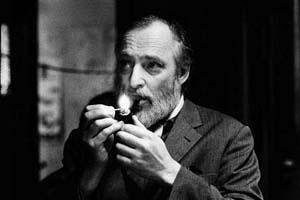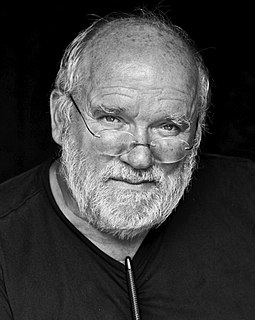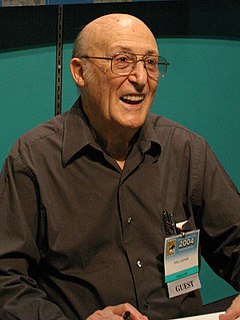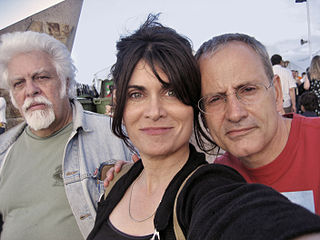A Quote by William S. Burroughs
We must find out what words are and how they function. They become images when written down, but images of words repeated in the mind and not of the image of the thing itself.
Related Quotes
A crowd thinks in images, and the image itself calls up a series of other images, having no logical connection with the first...A crowd scarcely distinguishes between the subjective and the objective. It accepts as real the images invoked in its mind, though they most often have only a very distant relation with the observed facts....Crowds being only capable of thinking in images are only to be impressed by images.
Ancient portraits are symbolic images without any immediate relation to the individuals represented; they are not portraits as we understand them. It is remarkable that philologists who are capable of carrying accuracy to the extremes in the case of words are as credulous as babies when it comes to "images," and yet an image is so full of information that ten thousands words would not add up to it.
I did all the stuff that people do - film, performance, photography, pictures and words, words and pictures. In retrospect, I was trying to find some way to put things - meaning images and forms - together that highlighted some idea of what was underneath the surface of an image, what determined how something was seen.
Typically there are little fragments of specific words and images swimming around in my mind, and then at some point, I'll sit down with the guitar and everything will fall into place. It's like your brain is a drain with a bunch of words and images dropping into it, swirling around. The drain is stopped up, but you can feel these things dropping into it. Then at some point, someone comes along and pulls the plug out of the drain and everything comes together in the song.
To suffer is one thing; another thing is living with the photographed images of suffering, which does not necessarily strengthen conscience and the ability to be compassionate. It can also corrupt them. Once one has seen such images, one has started down the road of seeing more - and more. Images transfix. Images anesthetize.
Comics deal with two fundamental communicating devices: words and images. Admittedly this is an arbitrary separation. But, since in the modern world of communication they are treated as independent disciplines, it seems valid. Actually, the are derivatives of a single origin and in the skillful employment of words and images lies the expressive potential of the medium.
I am myself a professional creator of images, a film-maker. And then there are the images made by the artists I collect, and I have noticed that the images I create are not so very different from theirs. Such images seem to suggest how I feel about being here, on this planet. And maybe that is why it is so exciting to live with images created by other people, images that either conflict with one's own or demonstrate similarities to them.
Comics are a "young" art form, and there is much confusion as to how to treat them. Images have more immediate impact than words, and it is not every reader who can be convinced to relax into experiencing the work for what it is - not words and pictures, but a different form, where the narrative is propelled by the blending of image, word and sequence, and where no element can be extricated and have the same meaning by itself. When this art is shown in a gallery, its "thingness" is called to attention, it is no longer experienced as "story," but rather as an artifact of the artist's process.
Words outlive people, institutions, civilizations. Words spur images, associations, memories, inspirations and synapse pulsations. Words send off physical resonations of thought into the nethersphere. Words hurt, soothe, inspire, demean, demand, incite, pacify, teach, romance, pervert, unite, divide. Words be powerful.

